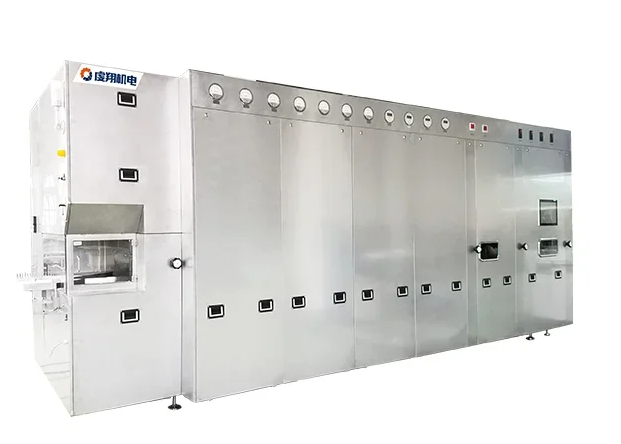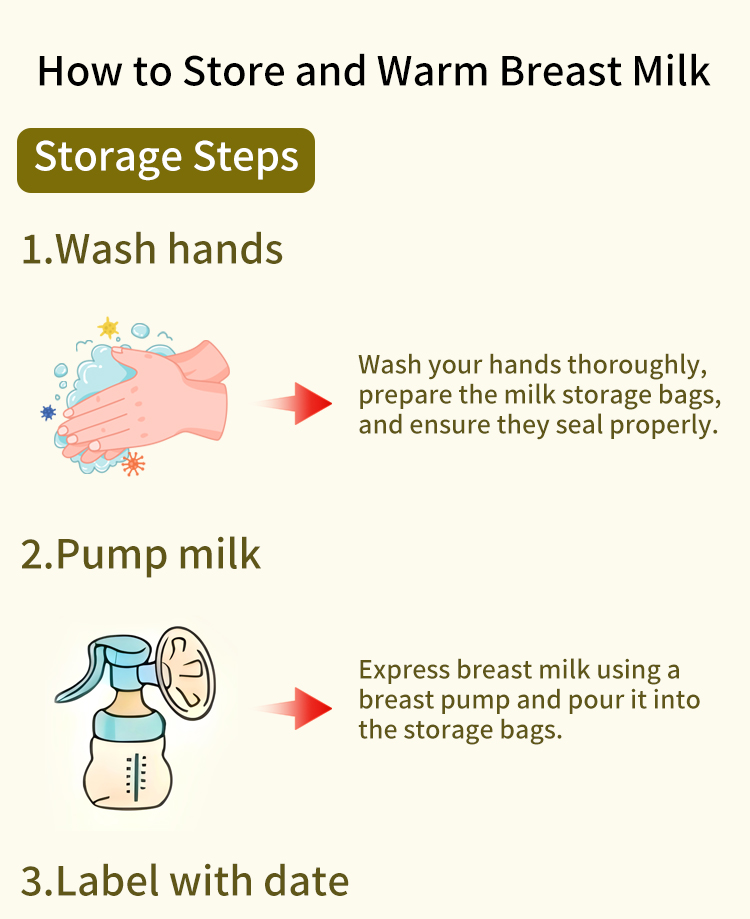Customized Zeolite Rotary Concentrator Operation
Did you know that customized zeolite rotary concentrators can improve separation efficiency by up to 30%? These innovative devices are game-changers in various industries, from environmental protection to resource recovery. They utilize advanced zeolite technology to optimize gas and liquid processing, making them essential for any operation looking to enhance performance.
With their tailored designs, these concentrators meet specific needs, ensuring maximum effectiveness. Companies using customized zeolite rotary concentrators benefit from reduced operational costs and improved product quality. This post dives into how these concentrators work, their advantages, and why investing in one could elevate your business.
Key Takeaways
-
Customized zeolite rotary concentrators can significantly improve air and gas treatment processes by efficiently removing pollutants.
-
Understanding how these concentrators operate helps in selecting the right model for your specific needs, enhancing overall performance.
-
Key features such as high adsorption capacity and energy efficiency are crucial when choosing a customized solution for your application.
-
Consider optional features that can further boost performance, like advanced monitoring systems or enhanced thermal integration.
-
Integrating these concentrators with thermal oxidizers can optimize waste management and reduce environmental impact in industrial settings.
-
Be aware of the disadvantages and considerations, such as maintenance needs and initial costs, to make an informed decision for your operations.
Understanding Zeolite Rotary Concentrators
Definition
Zeolite rotary concentrators are devices used for air purification. They utilize zeolites to adsorb harmful gases and volatile organic compounds (VOCs) from the air. These concentrators work by passing contaminated air through a zeolite media. The zeolite adsorbent captures pollutants, allowing cleaner air to be released.
The design of the zeolite rotor concentrator allows for continuous operation. As one section of the rotor collects contaminants, another section is being regenerated. This process ensures efficient removal of VOCs while maintaining airflow.
Volatile Organic Compounds (VOCs)
VOCs are organic chemicals that can evaporate into the air. Common sources include paints, solvents, and cleaning products. These compounds can significantly impact indoor air quality. Exposure to VOCs can lead to health issues such as headaches, dizziness, and respiratory problems.
Reducing VOC levels is essential for creating healthier environments. Zeolite rotary concentrators excel in this role. They effectively trap VOCs, thus improving air quality in industrial settings and workplaces.
Advantages of Zeolite as an Adsorbent Material
Using zeolite as an adsorbent material offers several benefits in industrial applications. First, zeolites have high adsorption efficiency. They can capture a wide range of contaminants due to their unique structure. Their porous nature allows them to hold more pollutants compared to other materials.
Second, zeolites are hydrophobic when formulated correctly. Hydrophobic zeolite rotor concentrator wheels repel moisture. This feature enhances their performance in humid conditions, making them ideal for various environments.
Third, zeolite is a cost-effective solution. It is abundant and can be produced at a low cost. This makes it accessible for many industries looking to improve air quality without excessive spending.
Lastly, zeolite honeycomb media provides structural stability. This design maximizes surface area for adsorption while minimizing resistance to airflow.
Applications
Zeolite rotary concentrators find applications in various sectors. Industries like automotive, manufacturing, and healthcare utilize these systems for effective air purification. For instance, automotive paint shops use them to control VOC emissions during painting processes.
Companies often seek zeolite wheel suppliers for customized solutions tailored to specific needs. These suppliers provide different formulations of zeolite adsorbent material based on industry requirements.
Overall, the effectiveness of zeolite rotary concentrators in capturing VOCs highlights their importance in maintaining clean air standards.
How Customized Zeolite Rotary Concentrators Operate
Adsorption Process
Zeolite rotary concentrators begin with adsorption. In this phase, volatile organic compounds (VOCs) from the air enter the system. The zeolite material within the rotor captures these VOCs. This occurs as the contaminated air passes through the rotor. The unique structure of zeolite allows it to hold onto these molecules effectively.
As the rotor turns, it continually collects VOCs. Over time, the concentration of pollutants increases in the zeolite material. This step is crucial for reducing emissions and improving air quality.
Desorption Phase
Next comes desorption. Once the zeolite is saturated with VOCs, the process shifts. Heat is applied to the rotor, typically using hot air or an electric heater. This heat causes the adsorbed VOCs to release from the zeolite material.
The released gases are then directed to a thermal oxidizer for destruction. This step is vital for ensuring that harmful compounds do not enter the atmosphere. It transforms VOCs into harmless byproducts like carbon dioxide and water vapor.
Cooling Stage
The final operational sector is cooling. After desorption, the rotor needs to cool down before starting another cycle. This cooling phase prevents damage to the zeolite material and maintains efficiency. Cool air circulates around the rotor, lowering its temperature.
This cooling period also prepares the system for fresh air intake in the next adsorption cycle. Proper cooling ensures that the zeolite can perform optimally when capturing new VOCs.
Process Flow Overview
The flow from VOC adsorption to thermal destruction follows a clear path:
-
Contaminated air enters.
-
VOCs get captured during adsorption.
-
Heat induces desorption of captured gases.
-
Gases are sent to a thermal oxidizer.
-
Safe byproducts exit into the atmosphere.
Each step plays a significant role in maintaining effective operation and environmental safety.
Importance of Rotor Speed and Gas Flow Rates
Rotor speed and gas flow rates are critical factors in optimizing performance. The speed of the rotor affects how quickly it can switch between adsorption and desorption phases. Faster speeds can lead to more efficient cycles but may require careful monitoring.
Gas flow rates also influence how much air passes through at any given time. Higher flow rates can increase adsorption capacity but may reduce contact time with zeolite. Balancing these parameters maximizes overall system efficiency and effectiveness.
https://www.plm-environmental.com/KPR-Zeolite-Rotary-Concentrator.html
Purimate (Changzhou) Environmental Technology Co., Ltd.



